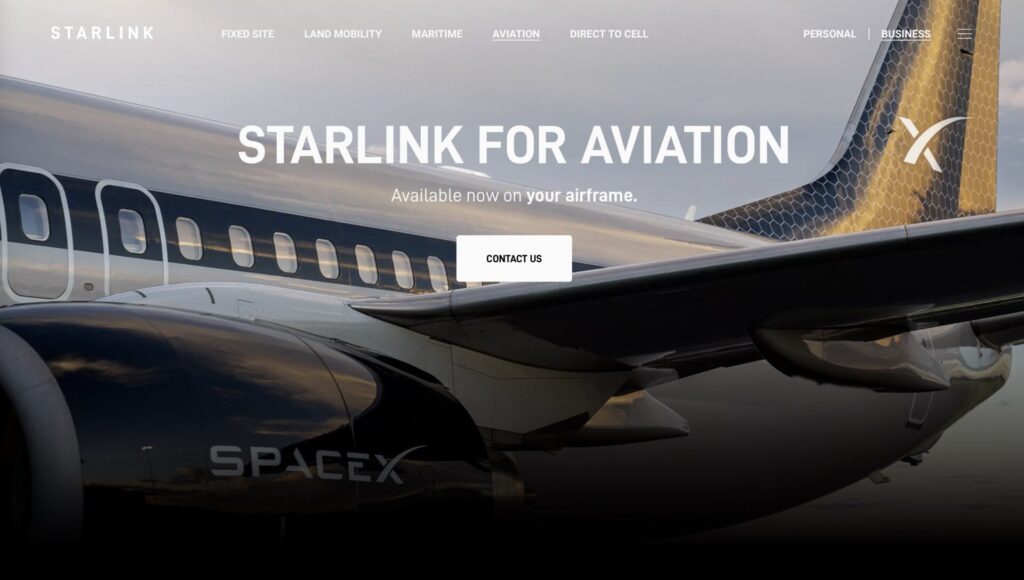A recent report from Ookla has shed light on the impressive performance of SpaceX’s Starlink in revolutionizing in-flight Wi-Fi experiences for passengers. The data collected during the first quarter of 2025 indicates that airlines utilizing Starlink’s satellite internet service are outperforming their competitors in terms of download speed and latency, providing a level of connectivity that rivals home internet services.
Leading the pack in in-flight Wi-Fi performance are Hawaiian Airlines and Qatar Airways, both of which rely on Starlink for their connectivity needs. Starlink’s median download speed of 152.37 Mbps, upload speeds of 24.16 Mbps, and remarkably low median latency of just 44 ms have set a new standard in the industry. In contrast, legacy providers like Deutsche Telekom are lagging behind with a meager median download speed of 4.14 Mbps, highlighting the stark difference in performance.
Other airlines such as Spirit Airlines, Air Canada, Delta, Breeze, American, and Aeromexico have also demonstrated strong in-flight Wi-Fi performance, with 10th percentile download speeds exceeding 10 Mbps. This indicates a positive trend towards more widespread and usable in-flight connectivity across the aviation industry.
While Air Canada has opted to partner with Starlink’s competitor Eutelsat for in-flight Wi-Fi, WestJet in Canada is in the process of implementing Starlink across its fleet. However, many airlines still rely on outdated ground-to-air or GEO satellite systems, leading to high latency and slow speeds. Lufthansa, for example, continues to struggle due to its reliance on Deutsche Telekom’s LTE-based offering.
The competition in the in-flight connectivity market is far from over, with United Airlines making a significant investment in Starlink to provide complimentary high-speed Wi-Fi to all MileagePlus members. Meanwhile, other major players like American and Delta are exploring partnerships with providers such as Viasat, Intelsat, and Hughes to diversify their offerings.
As the demand for seamless connectivity throughout the entire flight experience continues to grow, new players like Amazon’s Project Kuiper and AST SpaceMobile are entering the scene with their own low-earth orbit satellite solutions. Starlink has undeniably set a new benchmark for in-flight Wi-Fi performance, pushing the industry towards greater innovation and improvement to meet the evolving needs of passengers.

